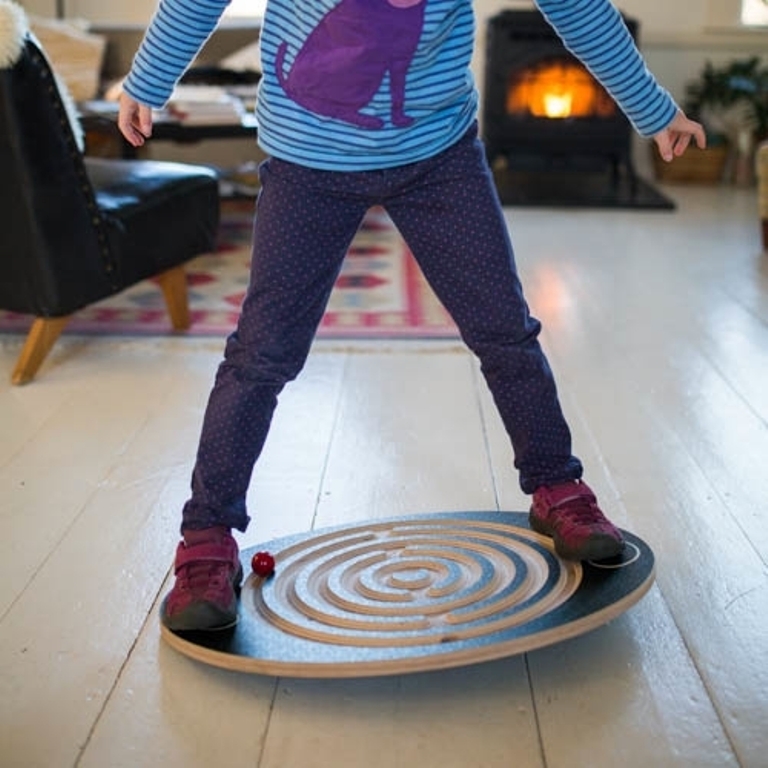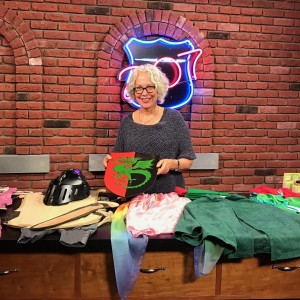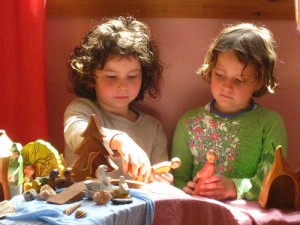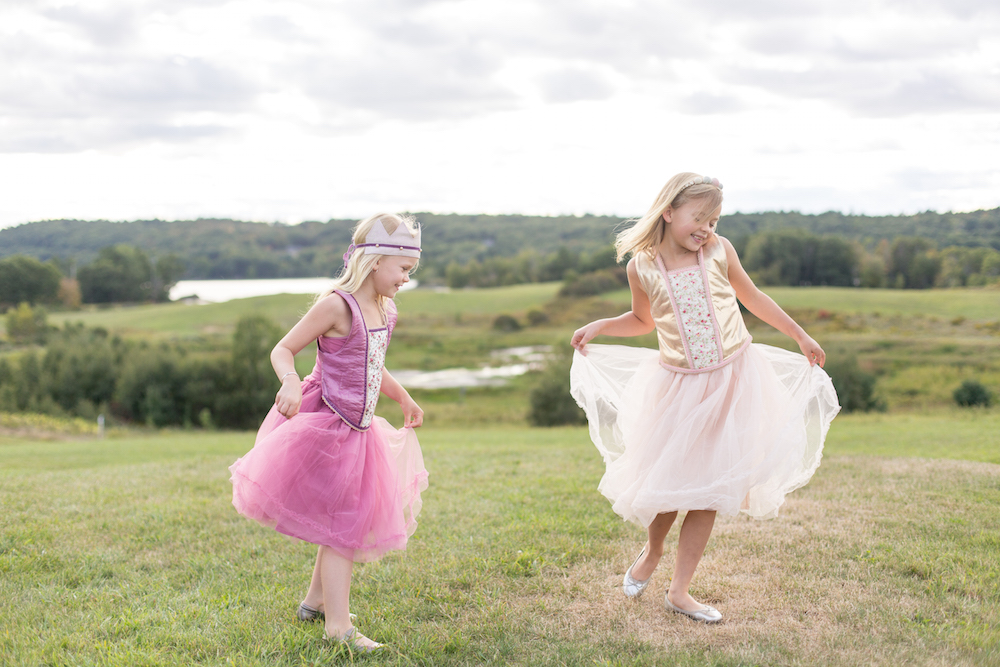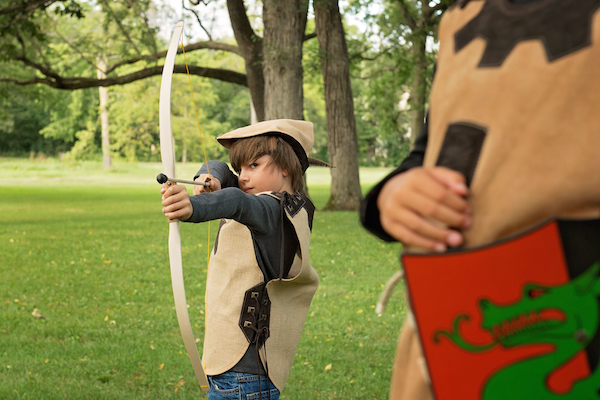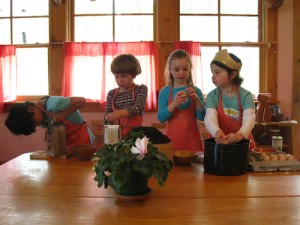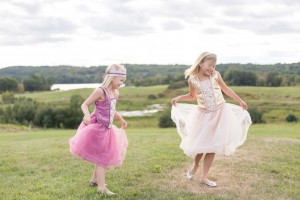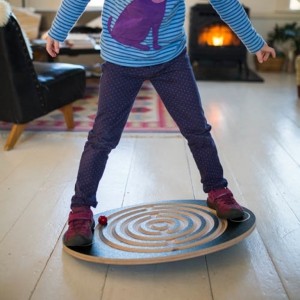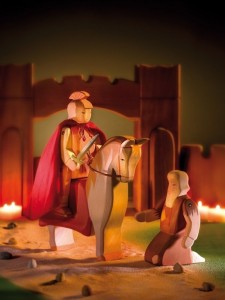Now that the holidays are behind us, in many parts of the country long winter months still loom ahead with bitterly cold days when kids are home from school, spending less time playing outside.
On such days, it can be difficult to keep their children away from the TV or off electronic devices, which can lead kids to be inactive and unstimulated for long periods of time.
To minimize the stress that can ensue from unplanned “snow days” or days when it’s too cold to play outside, here are a few ideas for keeping children screen-free and active indoors:
1. Keep a variety of board games that appeal to different age groups: not too advanced for younger players, yet challenging enough for older children. Play a different game each day to prevent boredom.
2. Encourage children to build a fort or tent using furniture and playsilks or cotton play cloths. Children love creating their own cozy play spaces, in which to read or play with dolls and stuffed animals.
3. Encourage dress-up play by providing a basket of dress-ups and costumes and invite children put on a play for you and an audience, even if the audience consists of their stuffed animals!
4. Traditional games like hide-and-seek can be played indoors; or hide a little gnome or fairy doll and have children try to find it.
5. Keep children engaged by introducing a new craft kit such as knitting (e.g. Quick-to-Knit Scarf Kit), origami, or baking a new cookie recipe.
6. Keep a box of art supplies that only comes out on special days. Your box could include a variety of different kinds of paper for making collages, glue sticks, glitter, crayons, watercolor paints, markers, and so on. Keeping the box neat and organized will encourage a child’s creativity!
7. Don’t keep all of a child’s toys out all the time. Most children have too many toys. Bringing out certain toys—like wooden building blocks or Lego bricks–only on rainy or snowy days make it a special occasion.
8. Here are some of my favorite toys that encourage indoor movement across different age groups:
- The Yoga Garden Game – To play, kids must assume different animal yoga poses
- Solvej Swing – Hung indoors, can accommodate toddlers through 6-year-olds
- Walking Cups Block Stilts – Practice balance and clip-clopping like a horse
- Waldorf Wooden Rocker Board – Our bestselling Rocker Board is my favorite toy ever!
- Wishbone Flip Ride-On – Children can safely scoot around on this indoor ride-on toy
- Labyrinth Balance Board – Kids build balance and core strength moving the balls through the maze
Happy Winter Play!

What are some of your family’s favorite indoor activities? Share your ideas by leaving a comment below!

